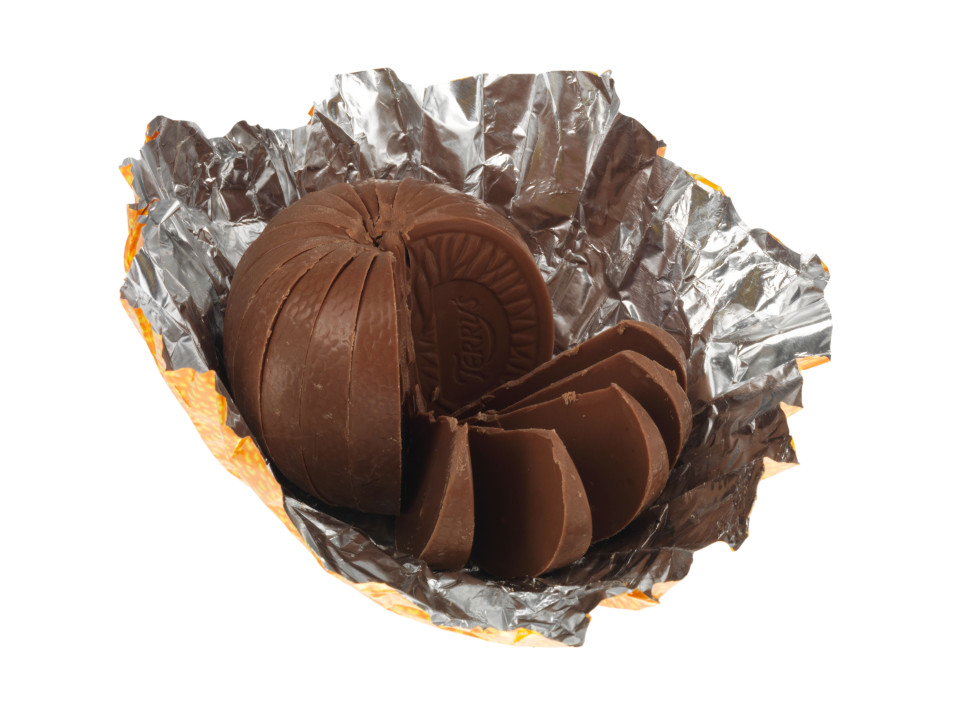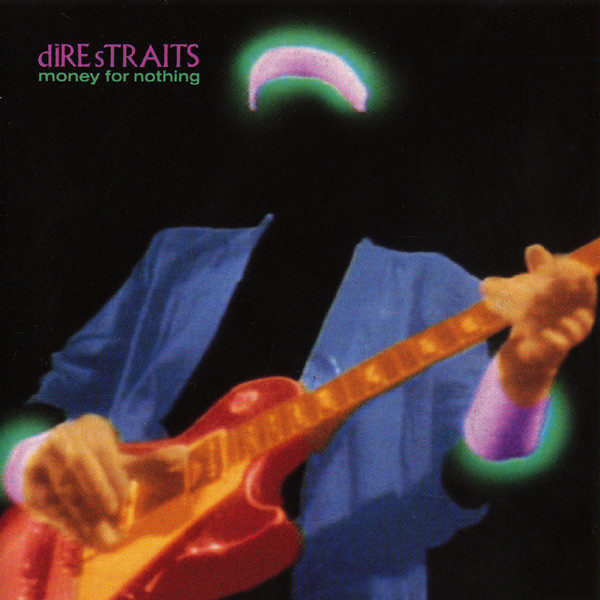
SABRINA ZEIDAN
WordPress Performance Engineer
#SEO
-
![How fast should a website load in 2021 [you might be overthinking it]](https://sabrinazeidan.com/wp-content/uploads/2017/08/0816675648-5470.jpg)
How fast should a website load in 2021 [you might be overthinking it]
Read more >>>: How fast should a website load in 2021 [you might be overthinking it]You have definitely noticed that today every webmaster, every site owner, and every SEO specialist is worried about website speed. Just go open any major publication such as Search Engine Land or Mashable and you will easily find a post about site speed, how important it is, how to make your website load faster, and…
-

Remove image links from WordPress content: 3 ways
Read more >>>: Remove image links from WordPress content: 3 waysBy default when you add an image to your post content it’s got framed with <a> tags and linked to the original image. In most* cases you would like to remove image links as they might harm you SEO by: influence the bounce rate as user behavior gets worse.
-

Internal linking best practices for SEO: 8 tips and live example
Read more >>>: Internal linking best practices for SEO: 8 tips and live exampleNo need to explain why internal linking is one the essential part of website SEO, so let’s go straight to the matter. Internal linking best practices: clear website structure and navigation don’t put that block of links to the footer.
-

SEO results make you cry? Read this immediately!
Read more >>>: SEO results make you cry? Read this immediately!Caution: Strategic thinking needed. You’ve been warned. You are doing this and that, adding content to your website, filling alt and titles for images, working on proper inner link building and even improving server response time on your server.
-

Best website structure for SEO: tips, tools, and examples
Read more >>>: Best website structure for SEO: tips, tools, and examplesWhen you just plan your future website you start with structuring data and it’s obvious. But if you try to improve the existing project it’s a common mistake to go through checklists and 10 rules and so on instead of starting from the very beginning.
-

12 free keyword research tools tested. Should you pay for keywords at all?
Read more >>>: 12 free keyword research tools tested. Should you pay for keywords at all?There are plenty services ready to collect keywords for you for 40$-200$. None of them ideal, though personally I prefer moz.com the best. Let’s see if we can do the same without any paid services and they really get money for nothing and chicks for free 😉 Step 1.
-

How to target long tail keywords and why you would like do that?
Read more >>>: How to target long tail keywords and why you would like do that?Once you’ve collected all possible keywords you’ve got to choose the best and most perspective keywords that will drive maximum traffic to your resource. What are long tail keywords in SEO?